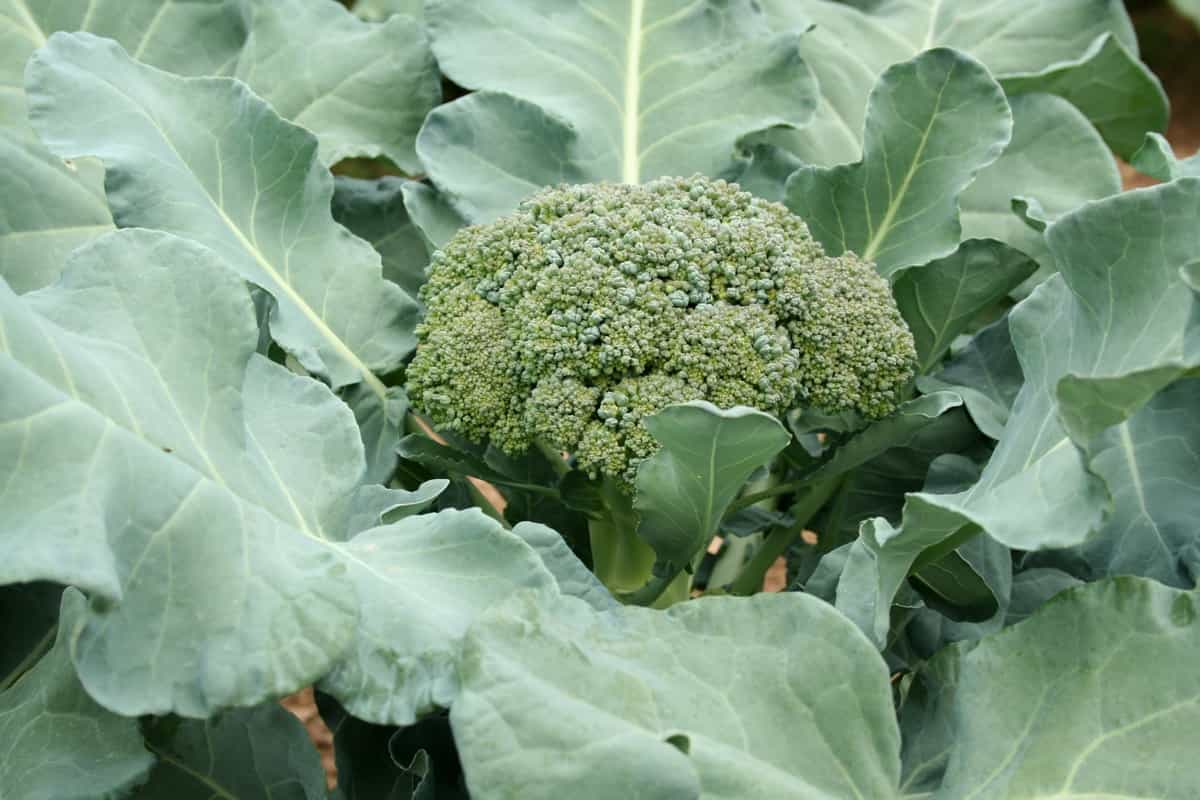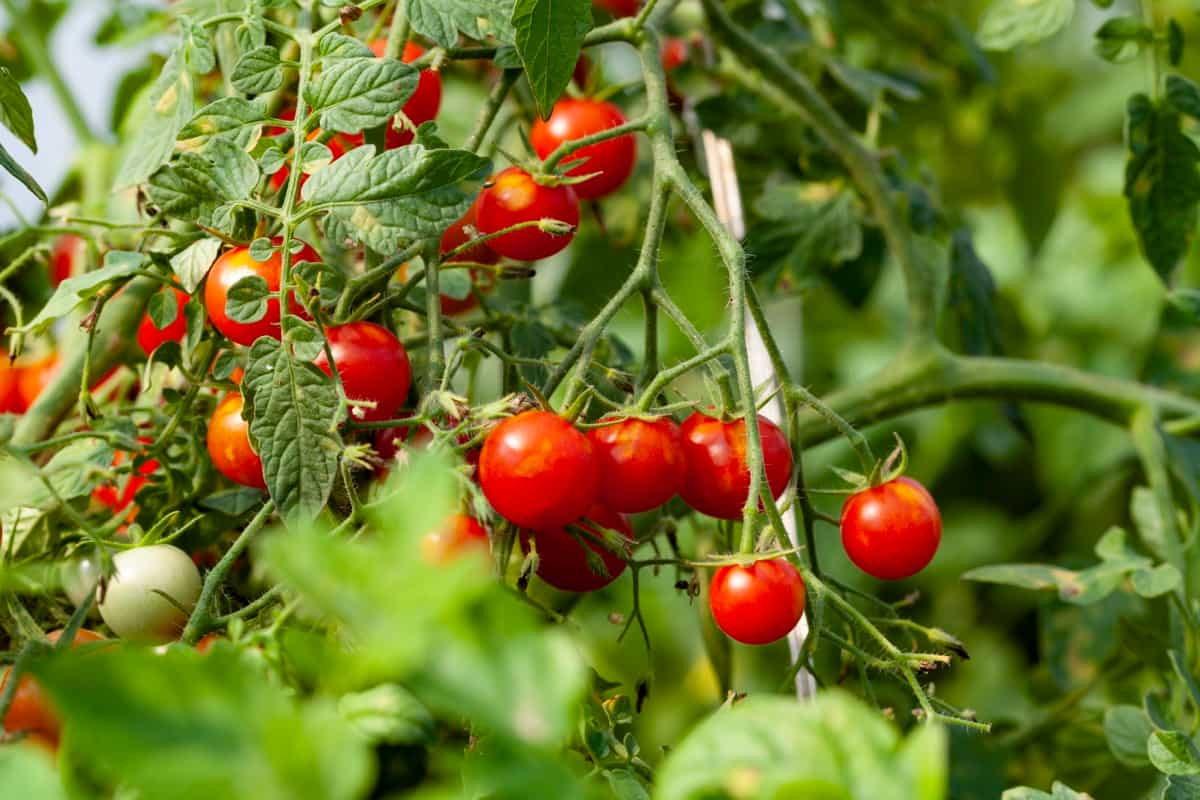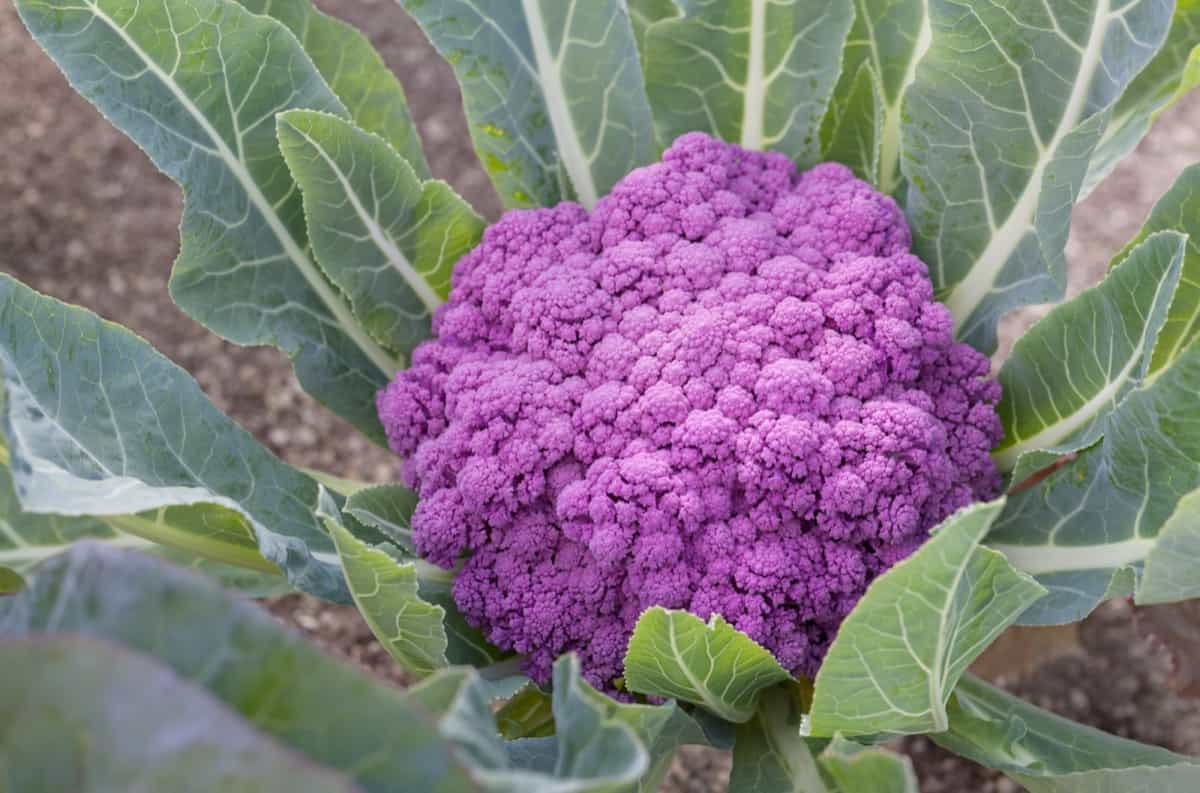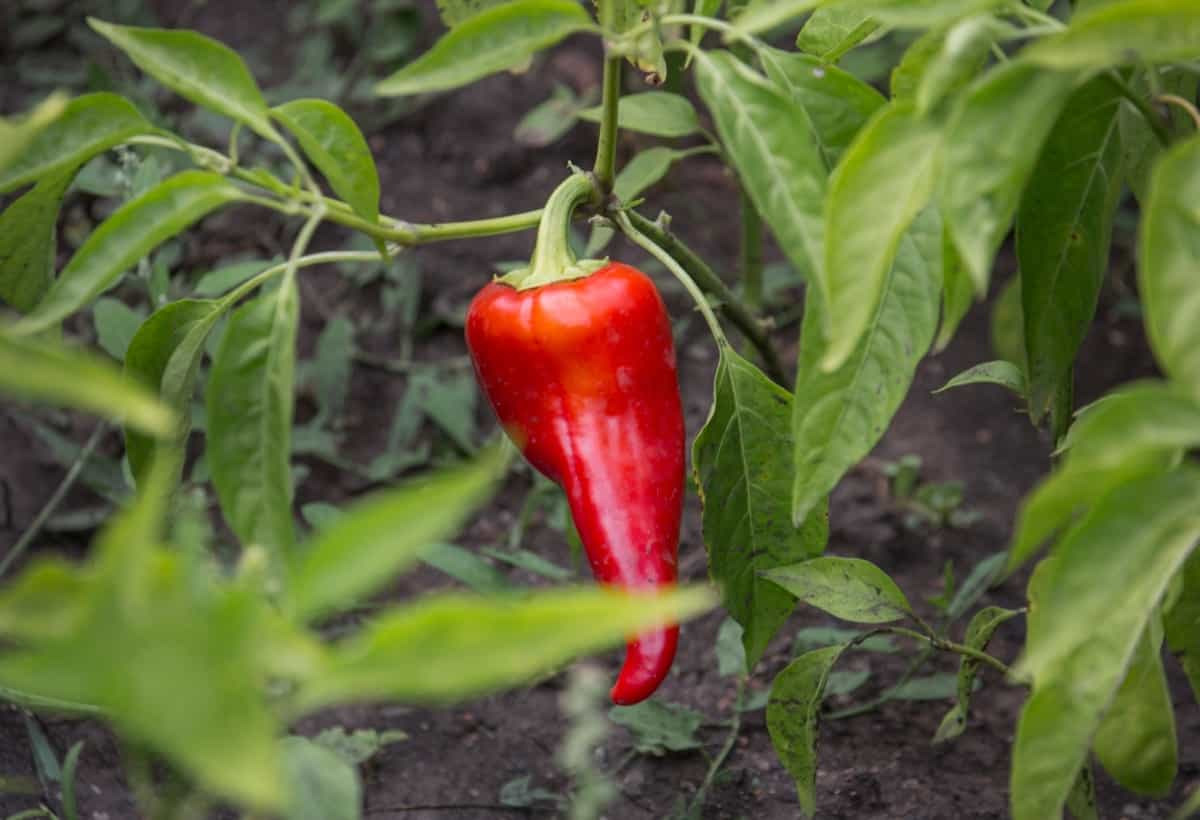Understanding the causes of leaf curl and implementing effective home remedies can help restore your plants to their healthy state. Providing proper care, such as regular watering, maintaining soil health, and avoiding over-fertilization, can go a long way in preventing this condition from occurring in the first place.

If you notice signs of leaf curl on your plants, Remove any affected leaves or plants to prevent further spread. It’s important to remember that each remedy may work differently for different types of vegetables and varying severity levels. So be patient and experiment until you find what works best for your situation.
Natural and Organic Ways to Treat Vegetable Leaf Curl
Neem Oil Spray
Neem oil spray is a natural and effective remedy for treating vegetable leaf curl. Neem oil has been used for centuries in Ayurvedic medicine and is known for its antifungal, antibacterial, and insect-repellent properties. To make a neem oil spray at home, mix one tablespoon of pure neem oil with one gallon of water. Shake well before use to ensure an even distribution of the oil. Then, apply the mixture to a spray bottle directly onto the affected leaves. Neem oil disrupts the life cycle of pests that cause leaf curl, such as aphids and whiteflies.
It suffocates these insects upon contact while inhibiting their feeding and reproduction ability. One important thing to note when using neem oil is that it should be applied during the early morning or late afternoon when temperatures are cooler. This helps prevent any potential sunburn on your plants’ leaves. Regular application every 7-10 days can help control leaf curl effectively. However, it’s essential not to overuse neem oil as excessive applications may harm beneficial insects like bees or ladybugs.
Baking Soda Solution
Mix one tablespoon of baking soda with a quart of water to create a baking soda solution. Stir until the baking soda dissolves completely. When applying the solution to your plants, coat both sides of the leaves thoroughly. The alkaline properties of baking soda help neutralize acidic conditions in plant tissues, reducing leaf curl symptoms.
In case you missed it: Top 14 Beautiful Silver Leaf Plants to Complement Your Garden

Regular applications every two weeks can significantly reduce leaf curl and promote healthier vegetable growth. However, it’s important to remember that excessive use or higher concentrations may harm some plant varieties, so always test on a small area before spraying on all your plants. By using this simple yet effective home remedy, you can naturally combat vegetable leaf curl without resorting to harmful chemicals or expensive treatments.
Milk Spray
Mix milk with nine parts of water to make a milk spray. Once mixed, apply it to your plants. The milk solution forms a protective coating on the leaves, preventing fungal spores from germinating and spreading. It also boosts the plant’s immune system and helps it fight off infections. It’s important to note that you should only use this spray as a preventive measure or at the early stages of leaf curl. Other treatments might be more suitable if your plants are already heavily infected.
Crop Rotation
Crop rotation is a simple yet effective technique that can help treat vegetable leaf curl naturally and organically. By rotating the crops in your garden, you can damage the life cycle of pests and diseases that cause leaf curl. To practice crop rotation, change the location of your vegetable plants each year. This helps prevent the buildup of harmful organisms in the soil, as different crops have different nutrient needs and attract different pests.
By rotating your crops, you give your plants a fresh start every season. Furthermore, crop rotation can also improve soil fertility by balancing nutrient levels. Certain plants have specific nutrient requirements, while others enrich the soil with nitrogen or other essential elements. Remember to plan your crop rotations carefully to ensure optimal results. Consider factors such as plant families, growth habits, disease susceptibility, and nutritional demands when deciding which crops to rotate.
Compost Tea
To make compost tea, you need a bucket or container filled with water and a mesh bag or cheesecloth to hold the compost. Place the compost in the bag and submerge it in water, allowing it to steep for 24-48 hours. During this time, beneficial bacteria, fungi, and other microorganisms multiply, creating a potent brew of nutrients. Once ready, strain out any solid particles from the tea using a fine sieve or cloth before transferring it into a spray bottle or garden sprayer.
In case you missed it: List of Houseplants That Grow from Leaf Cuttings

You can apply the compost tea directly onto your plants’ leaves, stems, and soil surfaces. Applying compost tea helps improve soil fertility by adding essential nutrients back into the soil. It also promotes healthy microbial activity in the root zone of plants, which aids in nutrient absorption. Compost tea can strengthen plants’ immune systems and reduce their susceptibility to leaf curl disease. Additionally, this natural remedy enhances plant growth and vitality while improving overall plant health.
Incorporating homemade compost tea into your gardening routine benefits your plants and reduces waste by utilizing kitchen scraps and yard trimmings. Remember that while effective at controlling certain pests and diseases like leaf curl on vegetables through its nutritional support system enhancement properties, it should not replace proper cultural practices such as crop rotation or adequate watering techniques for optimum results.
Proper Watering
Proper watering is crucial for maintaining healthy plants and preventing leaf curl in vegetables. Watering your garden isn’t just about keeping the soil moist; it’s about giving your plants the right amount of water at the right time. One important tip to keep in mind is to water deeply but infrequently. Instead of lightly sprinkling your plants daily, give them a good soak once or twice a week.
Another key aspect of proper watering is timing. It’s best to water early or late in the evening when temperatures are cooler. In addition, it’s important not to overwater your plants, as this causes root rot and other issues. To ensure you’re providing your vegetables with enough moisture, check the soil regularly by sticking your finger about an inch deep into it. If it feels dry at that level, it’s time to water. Remember that different types of vegetables have varying watering needs, so research specific requirements for each plant in your garden.
Regulate Soil With Mulching
Regulating soil with mulching is a natural and organic way to treat vegetable leaf curl. Mulch acts as a protective layer, retaining moisture levels in the soil and preventing weeds from growing. This helps create a favorable environment for your plants to thrive. Mulching also helps regulate soil temperature, keeping it cooler during summer days and warmer during cold winter nights. This temperature stability encourages healthy root growth and overall plant health.
When choosing mulch, choose organic materials such as straw, leaves, grass clippings, or wood chips. These materials break down over time, adding valuable nutrients to the soil. To apply mulch, spread a layer around the base of your plants while avoiding direct contact with their stems or leaves. Aim for a 2-3 inches thickness to ensure effective weed suppression and moisture retention. In addition to regulating soil moisture and temperature, mulching prevents erosion by reducing water runoff. It also minimizes compaction caused by heavy rainfall or foot traffic in the garden.
In case you missed it: 14 Common Problems with Cherry Tomato Plants: Prevention, Treatment, and Solutions

Garlic Spray
Garlic is a delicious addition to your favorite recipes and an effective natural remedy for treating vegetable leaf curl. Garlic spray is a deterrent for pests and helps prevent the spreading of diseases that can cause leaf curl. To make garlic spray, crush several garlic cloves and mix with water in a spray bottle. Let the mixture sit for at least 24 hours to allow the active compounds in the garlic to infuse into the water. Then, strain out any solids and transfer the liquid into a clean spray bottle.
When applying garlic spray, thoroughly coat both sides of the affected leaves. The strong odor repels insects and prevents them from feeding on your plants. Additionally, garlic has antimicrobial properties can help control fungal infections that may contribute to leaf curl. Regular garlic spray as part of your plant care routine can help keep leaf curl at bay naturally without resorting to harsh chemicals or pesticides.
Pruning Regularly
Pruning regularly is an important practice in maintaining the health and vitality of your vegetable plants. By removing dead or diseased leaves, you can prevent the spread of diseases such as leaf curl. Additionally, pruning allows for better plant air circulation, reducing the chances of fungal infections. When pruning, it’s essential to use clean and sharp tools to minimize damage to the plant. Start by removing any yellowing or curled leaves that show signs of disease.
Be sure to dispose of these removed parts properly, away from your garden area. Regularly inspect your plants for any new growth that may need trimming. This includes branches crossing or rubbing against each other, as they can create wounds that invite pests and diseases. Remember not to over-prune your vegetables, which can stress them out and inhibit their ability to produce fruit. Focus on removing only what is necessary to maintain a healthy plant balance.
Good Air Circulation/avoid Over Crowding
Adequate airflow is essential for maintaining healthy plants and preventing the spread of diseases. To ensure good air circulation, it’s important to space out your plants properly. Avoid planting them too close together, as this can create a crowded environment where diseases thrive. Ensure there is enough room between each plant so air can circulate freely.
Another way to promote good air circulation is by pruning regularly. This helps remove any excess foliage or branches that might be blocking airflow. You should avoid overwatering your plants, as excessive moisture causes fungal infections and other problems. Only water when necessary, and make sure the soil has proper drainage. By implementing these practices, you’ll create an environment that supports healthy growth and minimizes the risk of leaf curl disease.
In case you missed it: How to Grow Cauliflower from Seed to Harvest: A Complete Guide for Beginners

Encourage Beneficial Insects
One of the most effective and natural ways to combat vegetable leaf curl is by encouraging beneficial insects in your garden. Ladybugs, lacewings, hoverflies, and parasitic wasps are beneficial insects that feed on common garden pests. By attracting these helpful bugs to your garden, you can create a balanced ecosystem where pests are kept in check naturally.
Plant various flowers that provide nectar and pollen to attract beneficial insects throughout the growing season. Marigolds, daisies, yarrow, sunflowers, and lavender are excellent choices for attracting pollinators and predatory insects. Avoid using chemical pesticides or insecticides, as they can harm harmful and beneficial insects. Instead, opt for organic pest control methods like neem oil or garlic spray if necessary.
Seaweed Extract Application
Seaweed extract is a natural and organic remedy that can help treat vegetable leaf curl. It contains important nutrients like potassium, nitrogen, and phosphorus, essential for plant growth and health. Applying seaweed extract to your plants can boost their immune system and make them more disease-resistant. To use seaweed extract, mix it with water according to the instructions on the bottle. Then spray the solution onto the leaves of your affected plants. The plant’s tissues will absorb the seaweed extract and provide much-needed nutrition.
One of the benefits of using seaweed extract is that it stimulates plant root development. This helps improve nutrient uptake from the soil, resulting in healthier and stronger plants overall. In addition to its nutritional benefits, seaweed extract also acts as a natural fungicide. It can help control fungal infections that may be causing leaf curl in your vegetables. Regular application of seaweed extract throughout the growing season can help prevent leaf curl from occurring in the first place.
In case you missed it: How to Grow Serrano Peppers from Seed: A Step-by-Step Planting Guide for Beginners

Conclusion
When it comes to treating vegetable leaf curl with home remedies, several effective options are available. These include using neem oil spray, applying a mixture of baking soda and water, or creating a garlic-infused pesticide. These remedies are not only safe for your plants but also environmentally friendly. It’s important to note that prevention is key when avoiding vegetable leaf curl altogether.
Taking steps like practicing good sanitation in your garden, providing adequate sunlight and ventilation for your plants, and maintaining proper watering techniques will go a long way in keeping them healthy. Patience is key; some treatments may take time before visible results appear.
- How to Grow Hibiscus from Flower
- Plantation Ideas for Home Decoration: A Beginners Guide
- Flower Garden Designs and Layouts for Beginners
- Planting and Spacing Techniques in Papaya: A Beginner’s Guide
- Growing Gold: Essential Techniques for Planting Pineapples
- How to Make Kalanchoe Plant Bushy: Home Remedies and Solutions
- 11 Reasons Why Your Gardenia is Not Blooming: Home Remedies and Solutions
- Eco Elegance: The Guide to Designing a Drought-Tolerant Landscape
- Gardening on a Slope: Strategies for Hillside Landscaping
- Nourish and Flourish: Top Organic Mulches for Thriving House Plants
- Everything You Want to Know about Indian Mogra Flower: Discover Uses and Growing
- Green Thumb Success: Expert Tips for Cultivating Greenhouse Pumpkins All Year Round
- Maximize Growth & Flavor: The Ultimate Guide to Companion Planting in Herb Gardens
- How to Control Rhododendron Problems Naturally: Home Remedies and Organic Ways to Fix Them
- Natural Magic: The Remarkable Benefits of Cinnamon for Plants
- Best Steps to Revive Dying Tulip with Natural and Organic Treatment
- 10 Reasons Why Your Angel Trumpet is Not Blooming: Remedies and Treatment
- How to Fix Periwinkle Leaf and Flower-Related Problems: Natural Remedies and Solutions
- How to Fix Zinnias Leaf and Flower Problems: Discover Natural and Home Remedies
- Organic Steps to Induce Lemon Tree Flowers: A Comprehensive Guide
- Bloom Booster: Crafting the Perfect Homemade Bougainvillea Fertilizer
- Optimizing Growth: A Guide to Applying NPK Fertilizer for Potted Plants
- 10 Best Homemade Fertilizers for Rubber Plant: DIY Recipes and Application Method
- How to Boost Female Pumpkin Flowers: Effective Steps for More Flowers and High Yields
- Transform Your Indoor Garden: Top Benefits of Pink Salt for Houseplants
- 10 Best Homemade Fertilizers for Peacock Plants (Calathea): Easy DIY Guide
- Unlock Blooms: 9 Reasons Why Your Potted Chrysanthemum is Not Blooming
- 8 Reasons Why Your Potted Hibiscus is Not Blooming: Fix it with Simple Solutions
- Unlock Blooms: 9 Key Reasons Your Potted Frangipani Won’t Flower
- 10 Reasons Why Is My Ice Plant Not Blooming: Remedies and Treatment
- 10 Reasons Why My Potted Hydrangea Not Blooming: Treatment and Remedies
- 10 Reasons Why is My Wisteria Not Blooming: Remedies and Treatment
- 10 Reasons Why is My Goldfish Plant Not Blooming: Remedies and Treatment
- Maximize Your Space: Ultimate Guide to Balcony Gardening with Grow Bags
- 10 Reasons Why Your Iris is Not Blooming: Remedies and Treatment
- 10 Reasons Why Your Anthurium Plant is Not Blooming: Treatment and Remedies